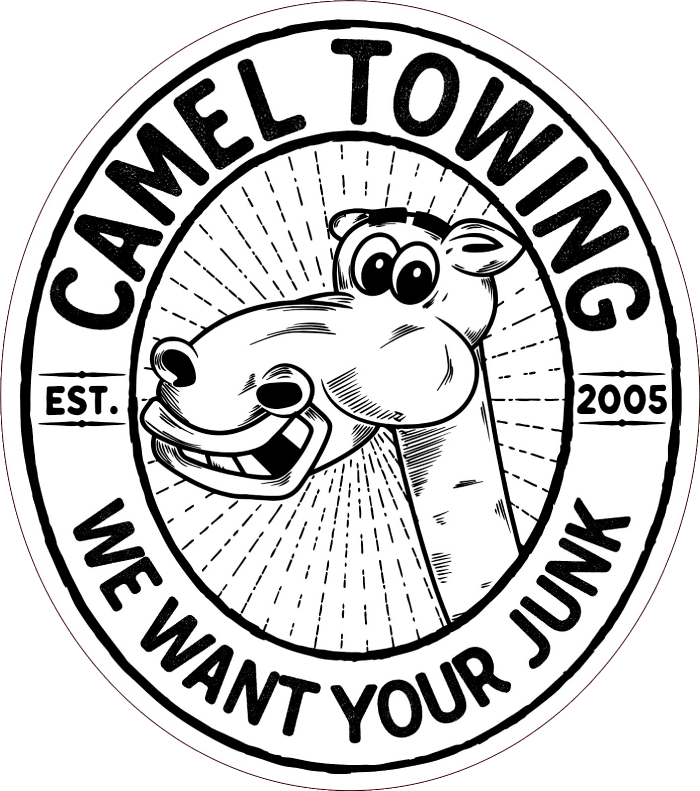Basic Roadside Services
Jump Start
A jump start service is a type of roadside assistance that involves using another vehicle's battery to start a car that has a dead battery or a Special Jump Box with connectors to attach to the vehicle's battery. When a car's battery is dead, it can't provide enough power to turn the engine over and start the car. In this case, a jump-start service can be called to help get the car started.
The jump start service provider will bring a set of jumper cables, or a Jump Box as we call it and connect them to the dead battery. The connection then provides the power needed to start the car with the dead battery. Once the car with the dead battery has started, the jumper cables are disconnected and the car can be driven normally.
It's important to note that jump-starting a car can be dangerous if it's not done correctly. If the cables are connected improperly or there's a problem with either battery, it could result in damage to the vehicles or injury to the people involved. For this reason, it's recommended that you call a professional jump-start service provider to handle the task, rather than attempting it yourself.
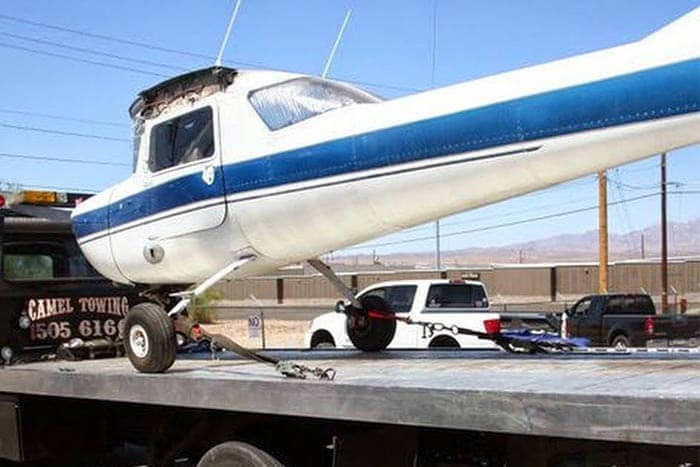
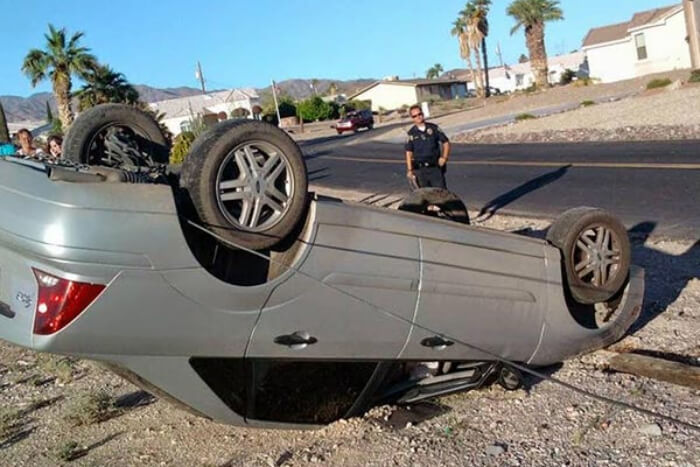
Tire Change
When a driver experiences a flat tire or other tire-related problem while driving, we are there to help.
Here is a general description of what a typical roadside tire change might look like:
- Arrival: The roadside assistance technician will arrive at the location of the driver's vehicle. They will assess the situation and determine what tools and equipment are needed to complete the job.
- Preparation:The technician will set up the necessary equipment and safety precautions
- Removal: The technician will remove the damaged tire from the vehicle, taking care not to damage any other parts of the car in the process.
- Replacement: The technician will install the replacement tire on the vehicle, making sure to secure it properly.
- Cleanup: The technician will clean up any tools, equipment, or debris from the tire change.
Overall, a roadside tire change is a relatively simple process that can be completed quickly and efficiently by a trained technician from a roadside assistance company. The goal is to get the driver back on the road safely and as quickly as possible.
Lockouts
A lockout service on a vehicle is a type of roadside assistance that helps drivers who have accidentally locked themselves out of their car. This can happen if you accidentally leave your keys inside the car, or if you lose your keys altogether.
When you call for a lock out service, a technician will come to your location with the necessary tools to unlock your car. They'll use a special tool to unlock the door without damaging your car or its locks. Depending on the type of car and the locking mechanism.
It's important to note that attempting to unlock your car on your own, especially with DIY tools or techniques found online, can often result in damage to your car's locks, windows, or even electrical systems. It's best to call a professional lock-out service provider, as they have the experience and equipment needed to unlock your car safely and effectively.
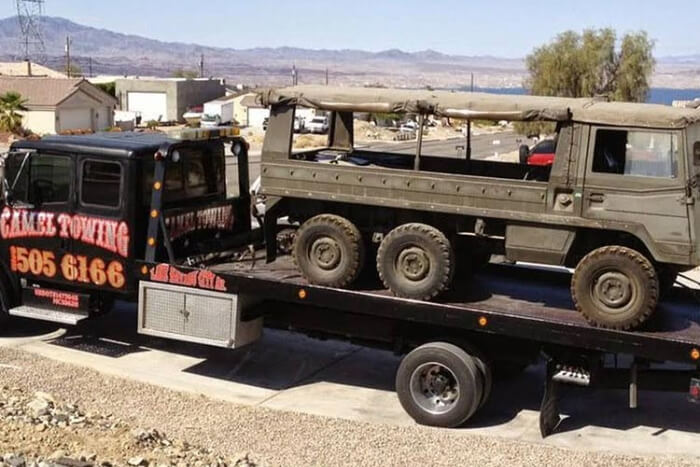
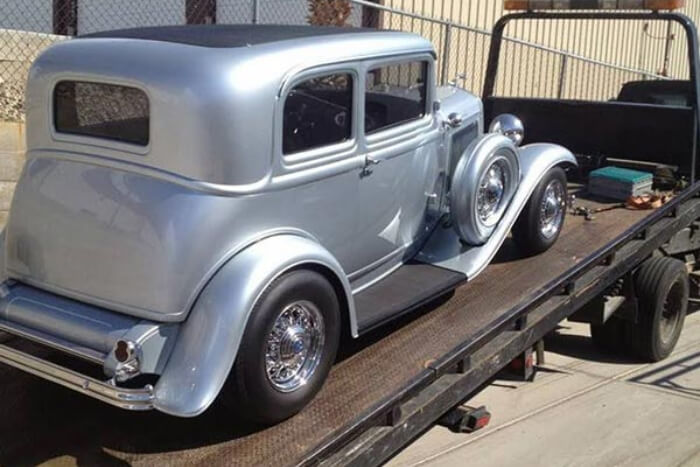
Flatbed Towing
A flatbed tow service is a type of roadside assistance service that involves transporting a vehicle that is unable to be driven on its own.
Here's what a typical flatbed tow service might involve:
- Arrival: The flatbed tow truck will arrive at the location of the disabled vehicle, whether it's on the side of the road, in a parking lot, or in a driveway.
- Preparation: The tow truck driver will assess the situation and determine the best way to load the vehicle onto the flatbed. They will position the tow truck and extend the flatbed to make it easier to load the vehicle.
- Loading: The tow truck driver will use a winch or other equipment to carefully load the disabled vehicle onto the flatbed. The vehicle will be secured in place using straps or chains to prevent it from shifting during transport.
- Transport: Once the disabled vehicle is securely loaded onto the flatbed, the tow truck will transport it to the destination, such as an auto repair shop, dealership, or other location specified by the owner of the vehicle.
- Unloading: Once the tow truck arrives at the destination, the tow truck driver will carefully unload the vehicle from the flatbed, making sure to avoid any damage to the vehicle or the surrounding area.
Overall, a flatbed tow service is an effective and safe way to transport a disabled vehicle that is unable to be driven on its own. By using a flatbed tow truck, the vehicle can be transported without putting any additional strain on the drivetrain or risking further damage to the vehicle. Flatbed tow services are often used for larger vehicles, such as trucks or SUVs, or for vehicles with all-wheel or four-wheel drive, which cannot be towed using a traditional tow truck with a hook and chain.
Wheel Lift Towing
A wheel lift tow truck is a type of tow truck that uses a hydraulic lifting mechanism to lift the front or rear wheels of a vehicle off the ground and tow it to a new location.
Here's what a typical wheel lift tow truck process might involve:
- Arrival: The wheel lift tow truck will arrive at the location of the disabled vehicle, whether it's on the side of the road, in a parking lot, or in a driveway.
- Positioning: The tow truck driver will position the wheel lift under the front or rear wheels of the disabled vehicle, depending on the type of vehicle and the towing requirements.
- Lifting: The tow truck driver will use the hydraulic lifting mechanism to raise the front or rear wheels of the disabled vehicle off the ground. The wheels will be lifted high enough to ensure that they are completely off the ground and do not come in contact with the road during transport.
- Securing: Once the disabled vehicle is lifted off the ground, the tow truck driver will secure it in place using straps or chains. The straps will be tightened to ensure that the vehicle is secure and does not shift during transport.
- Transport: The wheel lift tow truck will then transport the disabled vehicle to the destination, such as an auto repair shop, dealership, or other location specified by the owner of the vehicle.
- Unloading: Once the tow truck arrives at the destination, the tow truck driver will carefully lower the vehicle back down to the ground. They will remove the straps or chains and make sure that the vehicle is safe to drive.
Overall, a wheel lift tow truck is an effective way to transport a disabled vehicle. By using a wheel lift tow truck, the vehicle can be transported without putting any additional strain on the drivetrain or risking further damage to the vehicle.

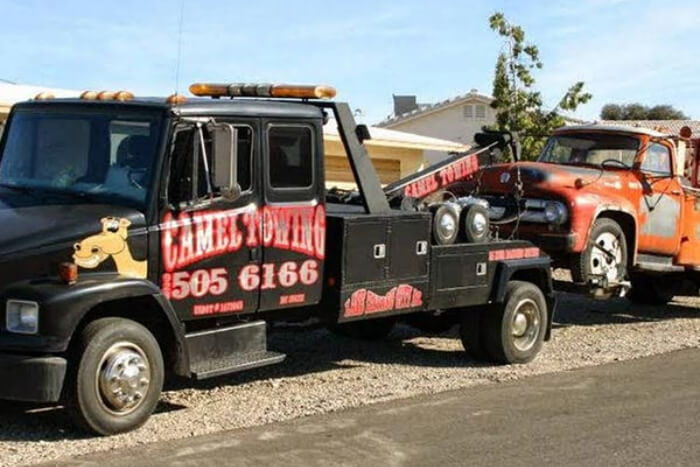
Motorcycle Towing
Towing a motorcycle on a flatbed tow truck requires special care and attention to avoid any damage to the motorcycle.
Here's what a typical process of towing a motorcycle on a flatbed tow truck might involve:
- Arrival: The flatbed tow truck will arrive at the location of the disabled motorcycle, whether it's on the side of the road, in a parking lot, or in a driveway.
- Preparation: The tow truck driver will assess the situation and determine the best way to load the motorcycle onto the flatbed. They will position the tow truck and extend the flatbed to make it easier to load the motorcycle.
- Loading: The tow truck driver will use a ramp or other equipment to carefully load the motorcycle onto the flatbed. They will position the motorcycle so that it is centered and balanced on the flatbed, and secure it in place using straps or chocks to prevent it from shifting during transport. It's important to make sure that the motorcycle is properly balanced to avoid any damage to the suspension or other components during transport. It is usually best to have a second person available to help.
- Transport: Once the motorcycle is securely loaded onto the flatbed, the tow truck will transport it to the destination, such as an auto repair shop, dealership, or other location specified by the owner of the motorcycle. During transport, the tow truck driver will take extra care to avoid any bumps or jolts that could damage the motorcycle.
- Unloading: Once the tow truck arrives at the destination, the tow truck driver will carefully unload the motorcycle from the flatbed, making sure to avoid any damage to the motorcycle or the surrounding area.
Overall, towing a motorcycle on a flatbed tow truck requires extra care and attention to detail to avoid any damage to the motorcycle. By using a flatbed tow truck, the motorcycle can be transported without any additional stress on the tires, suspension, or other components.
